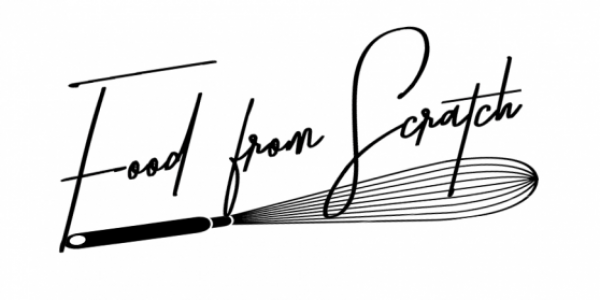Today I’m talkin’ bout the spongy white mass of coagulated milk protein affectionately known as ricotta. This soft Italian cheese is traditionally made by heating and straining buffalo milk whey, a byproduct of mozzarella production. Apparently those thrifty Italian’s were recycling long before David Attenborough and his posse of beleaguered wildlife made it cool.
In this blog I am not following the traditional approach to ricotta production for two reasons:
- The yield from that method sucks
- Buffalo milk whey is sadly yet to hit the supermarkets, even Waitrose
Instead I’m focusing whole-milk ricotta. If you want to know more about how that’s made then keep reading…
Recipe
Equipment
- Cheese cloth (pair of clean tights at a push)
- Sterilised glass jar, 300-400ml
- Bowl

Ingredients
- 1 litre milk (see The milk)
- 2 tbsp lemon juice/white wine vinegar or 125ml buttermilk (see The acid)
- 1 tsp salt
Method
- Heat your milk to around 90 degrees C. If you don’t have a thermometer you can do it by sight. Look out for a thin layer of frothy whiteness before the milk hits full boil (the dairy equivalent of that fluffy down that boys develop before they can grow a respectable beard).
- Turn off the hob.
- Stir in the remaining ingredients.
- Leave to seperate for about 20 minutes until the curds rise to the surface. Resist the urge to stir!
- Ladle the curds into a cheese cloth and drain to desired consistency (see The set )
- Have a pizzaaa parrrrtaaaaaay! Fooooooood.

Top tips
The milk
Given that milk is the primary constituent of ricotta its quality is essential. Find the thickest, creamiest and freshest milk that you can. I’m talking that gold-top stuff that sends weight-watchers into paroxisms of terror. If you are concerned about the fat content of your ricotta then I recommend you still make it properly and eat half the amount.

The acid
If you are making ricotta from milk rather than whey you need an acid to kick start the process of lactic fermentation. Sounds grim but tastes heavenly. The most popular options are lemon juice or white wine vinegar. I tend to favour the former as it does not noticeably effect the taste of the final product. The latter produces a sharper cheese that isn’t as versatile. However if you find yourself sans citrus in a ricotta-based emergency vinegar will do.
My top recommend is actually buttermilk, which produces a naturally sweeter and creamier ricotta, perfect for desserts such as cannoli. For best results use the traditional stuff. When I’m feeling particularly eccentric I take churning butter so often have a pot of this happy byproduct knocking around and find in makes a phenomenally fresh, light and fragrant cheese.

The set
Ricotta is like humanity; when strained or put under pressure it becomes hardened, releasing its whey like a stream of salty tears.
Here is a general guide to consistency:
- >5 mins: Cheesy water
- 5-10 mins: Splattery
- 10-20 mins: Soft and spreadable
- 20-40 mins: Holding its shape
- 40-60 mins: Firm
- 24 hrs: Basically paneer

To make a solid paneer-style cheese weigh down the ricotta with a heavy plate and leave it in the fridge to weep overnight.
The majority of my cheese is not long strain’d,
It droppeth as the gentle rain from heaven
Upon the plate beneath.
– Cheesemonger of Venice, William Shakespeare

Ricotta, gorgonzola, parmigiano!
Mozzarella, taleggio, pecorino romano!
I love cheese!
LikeLiked by 1 person
You and me both Giuseppe
LikeLike